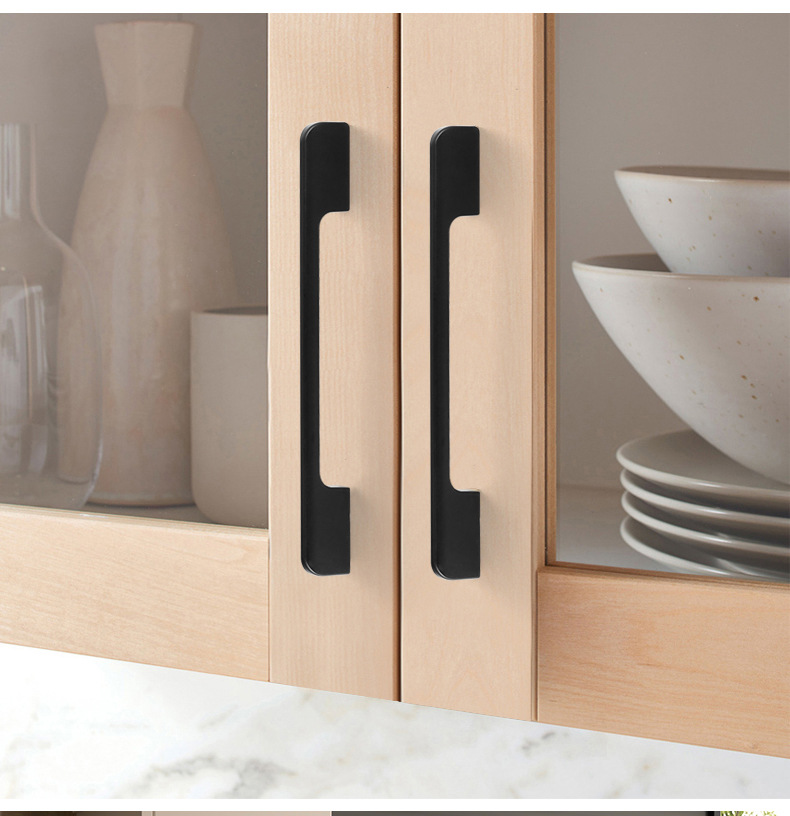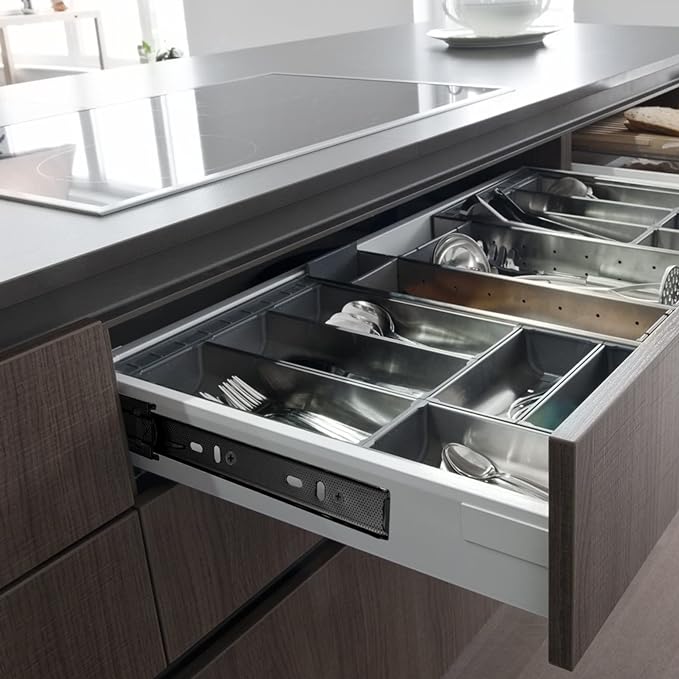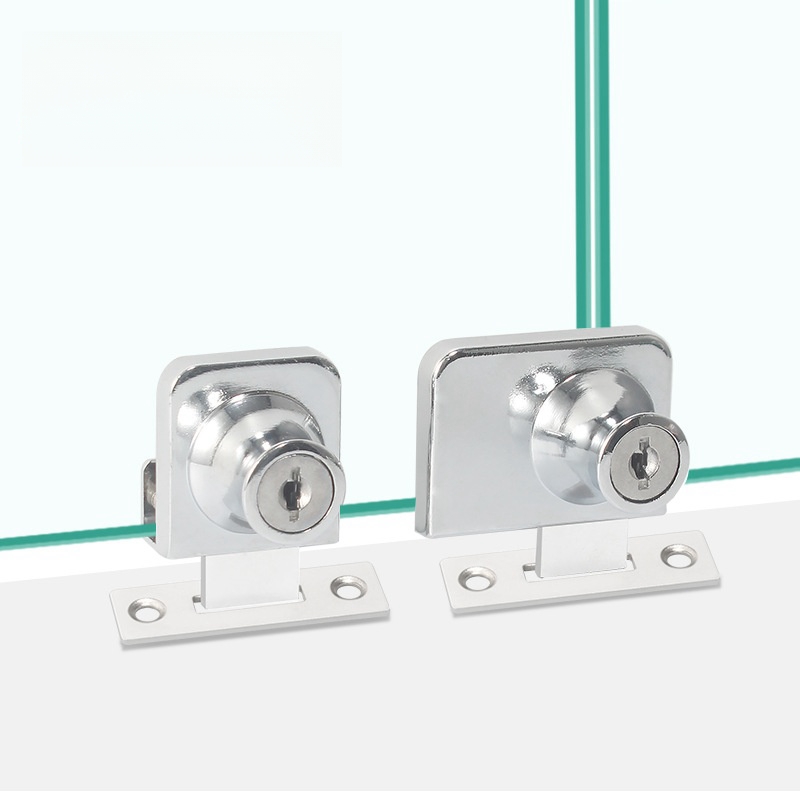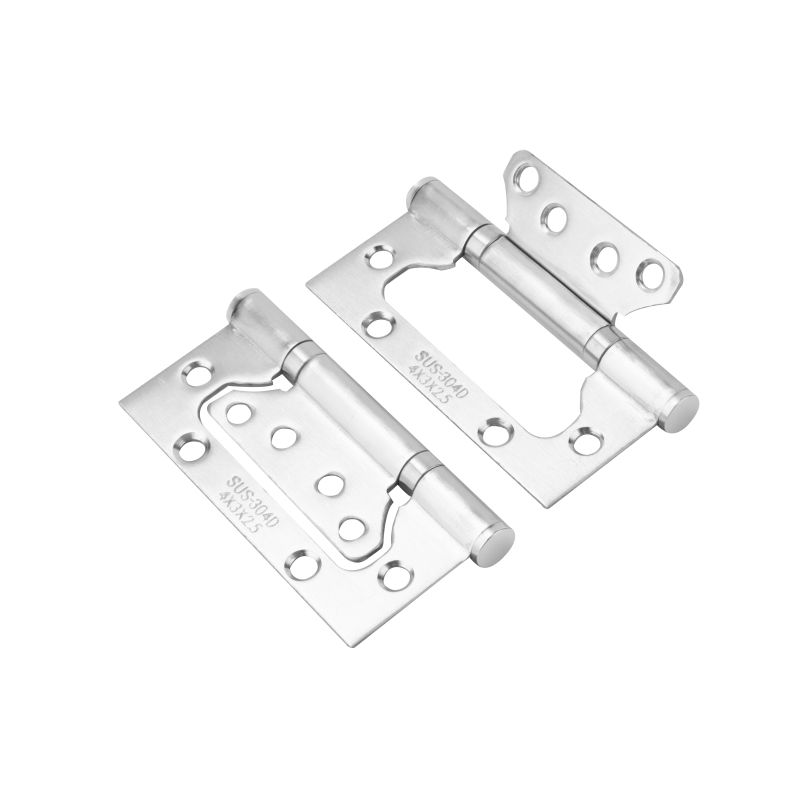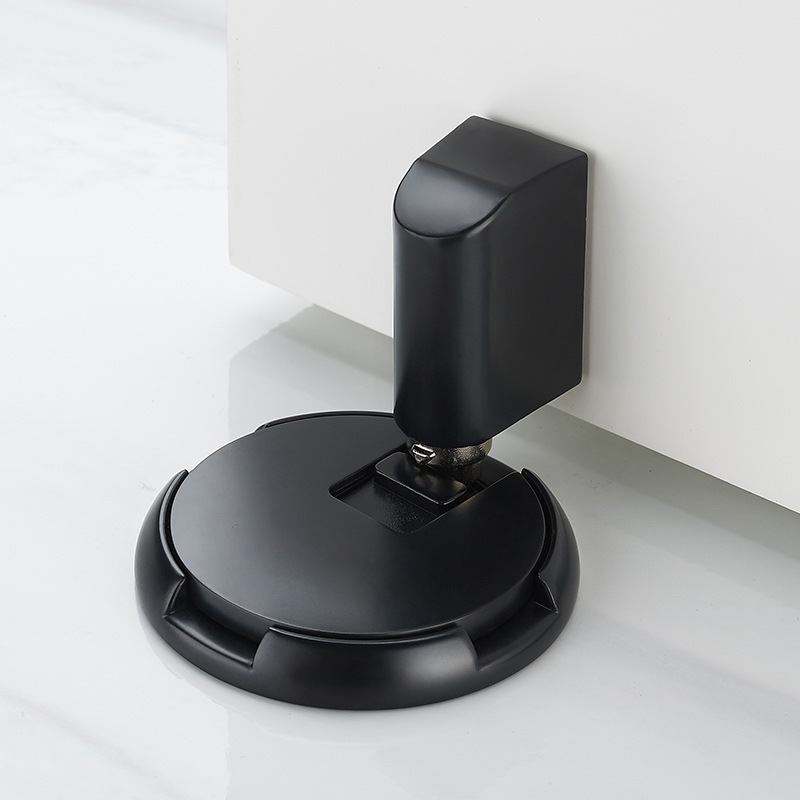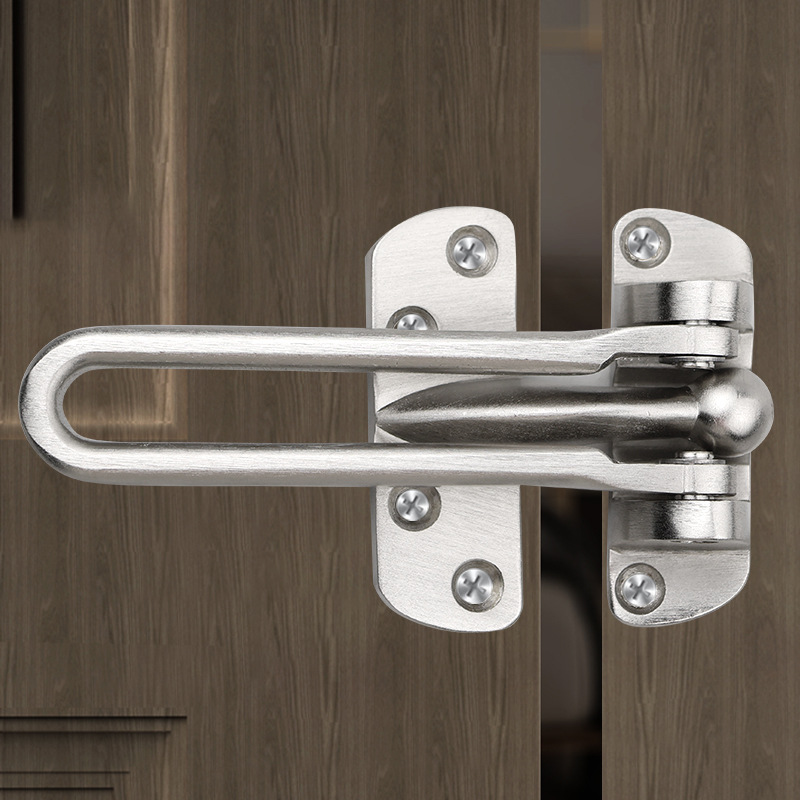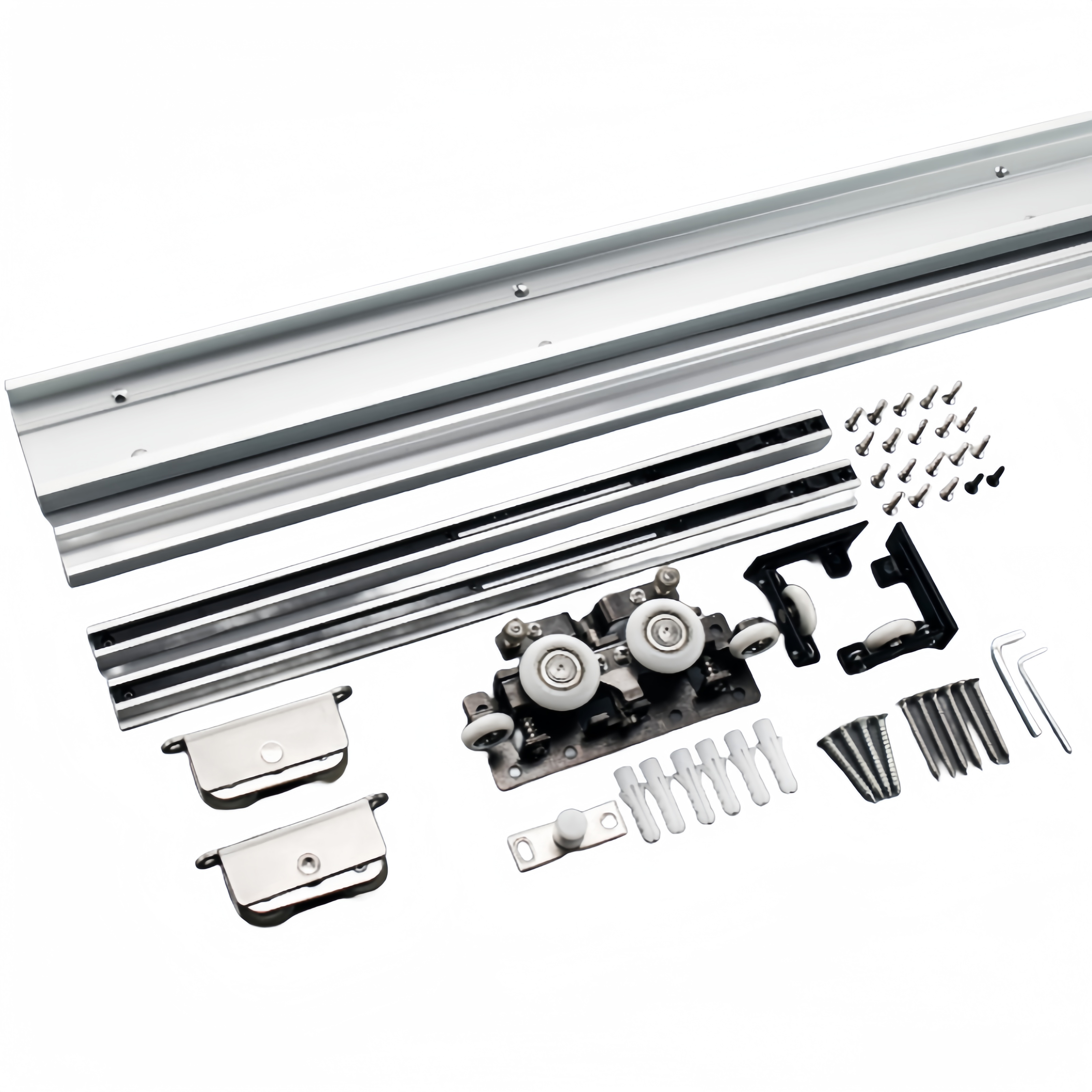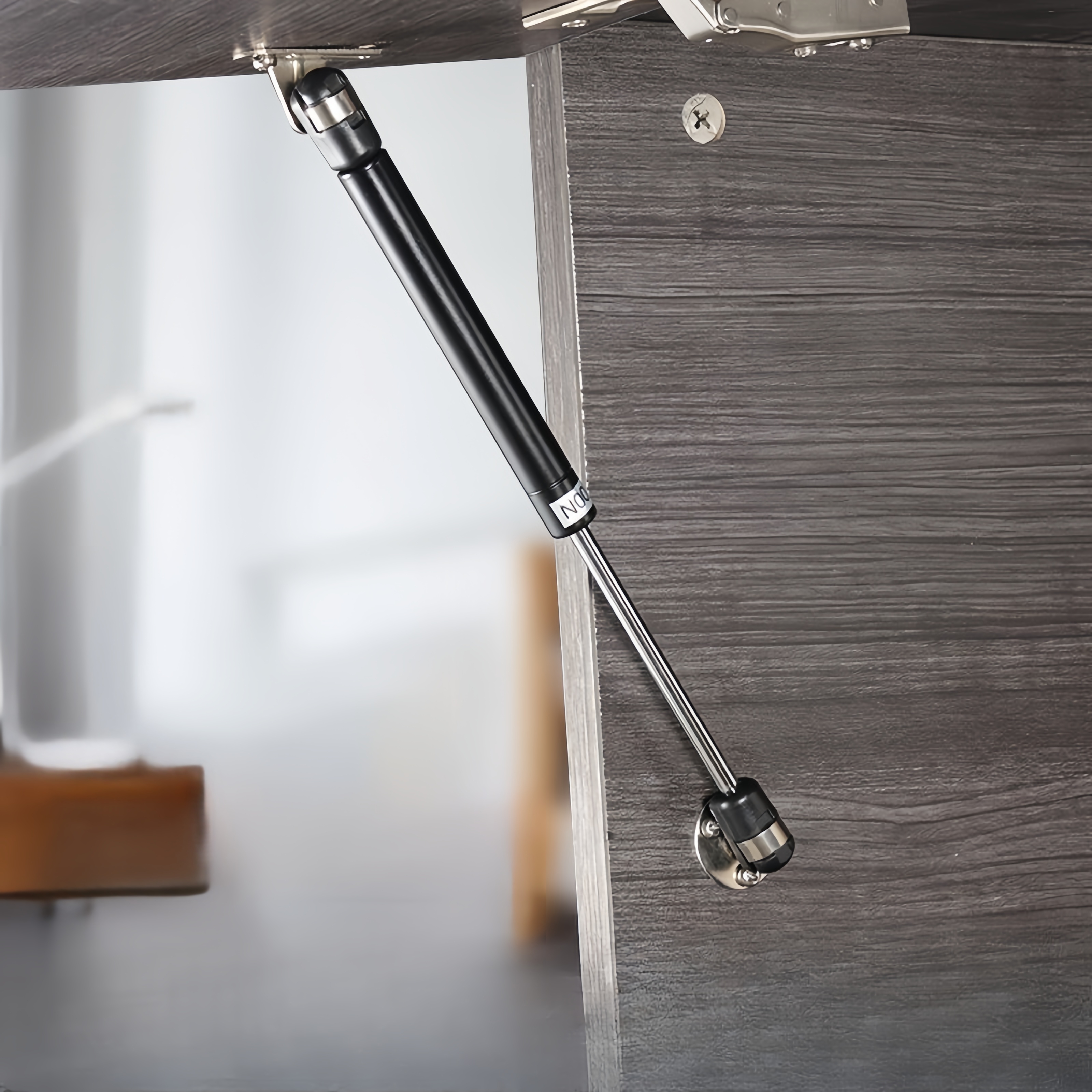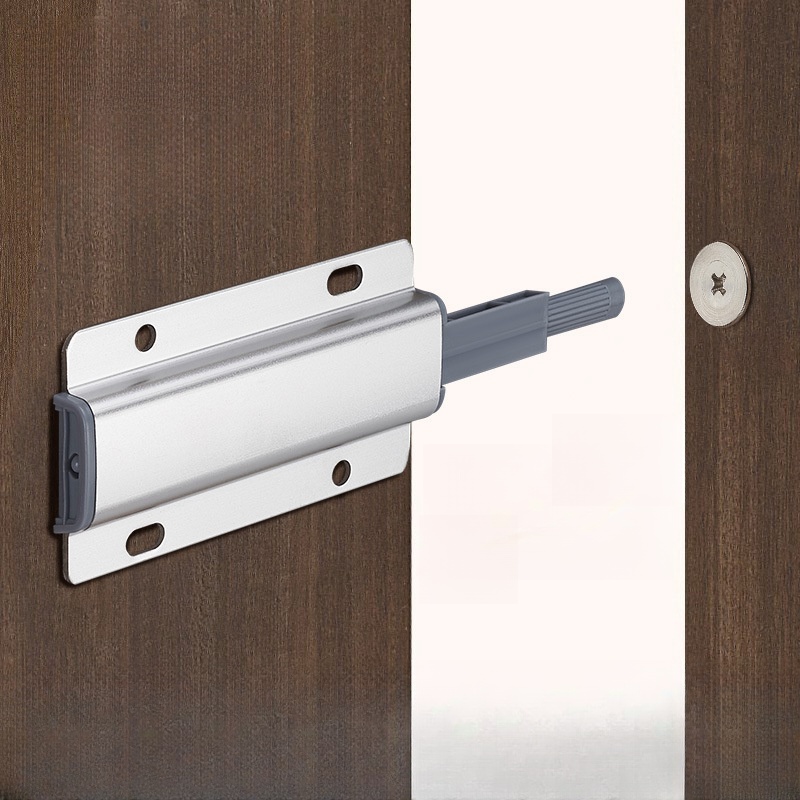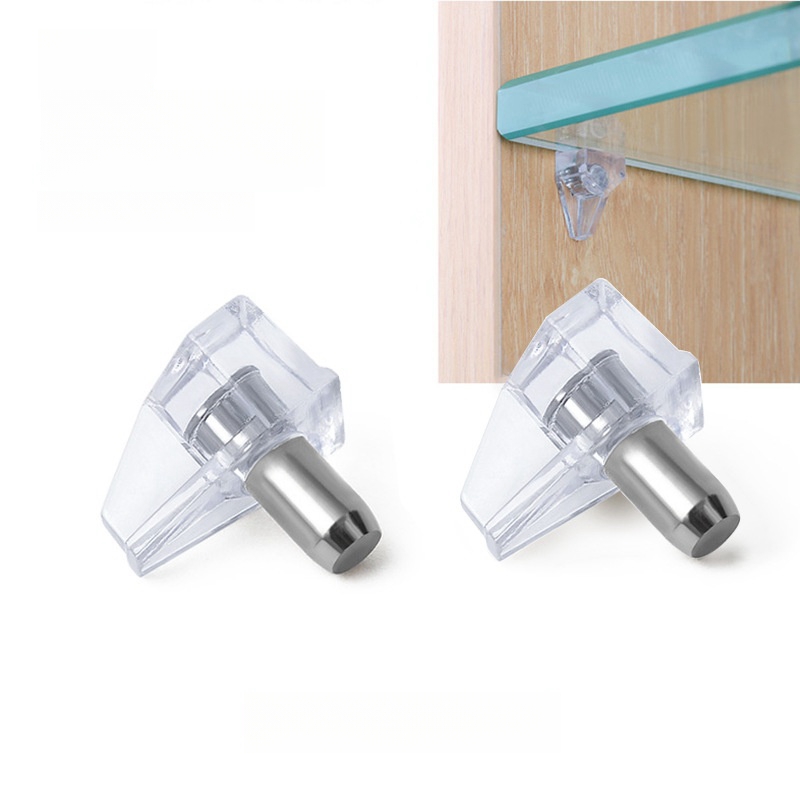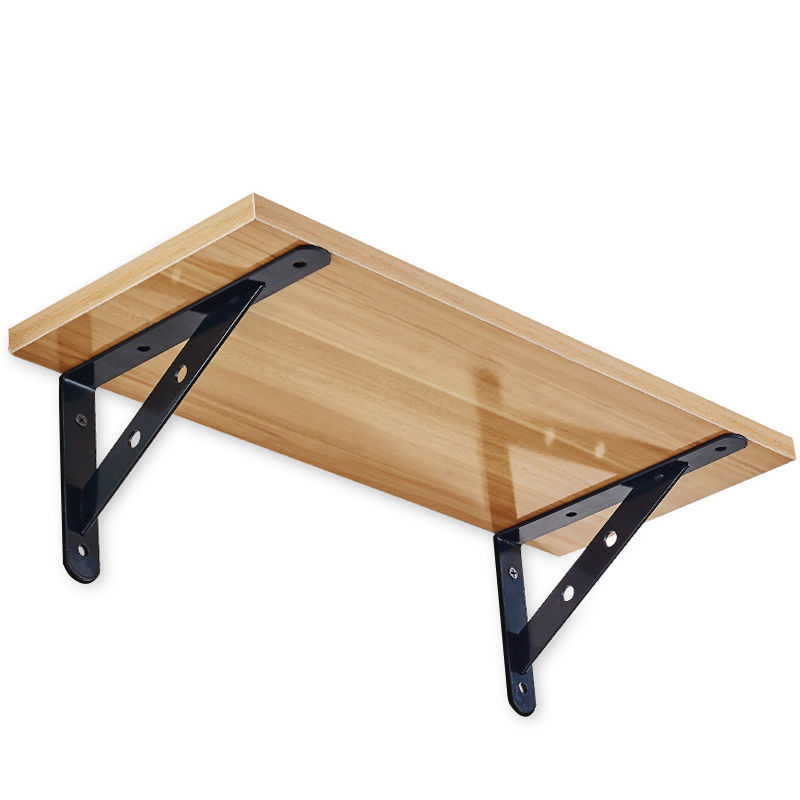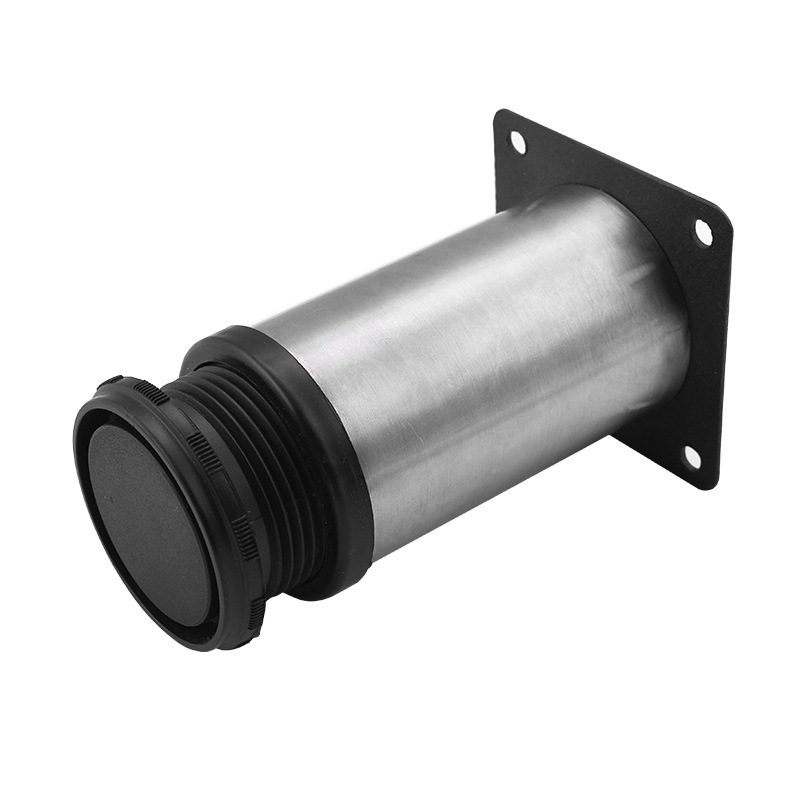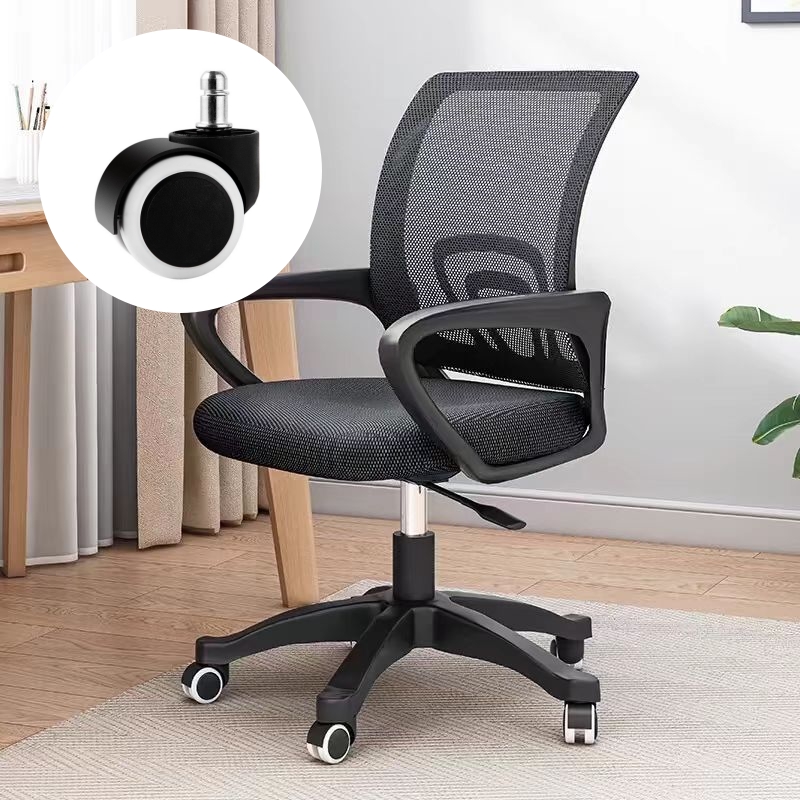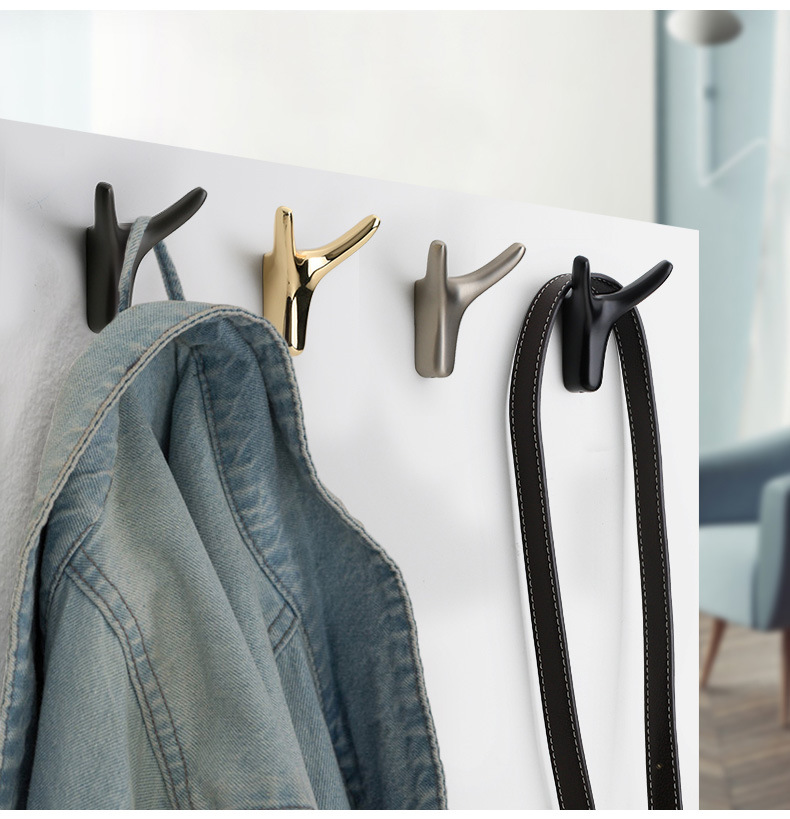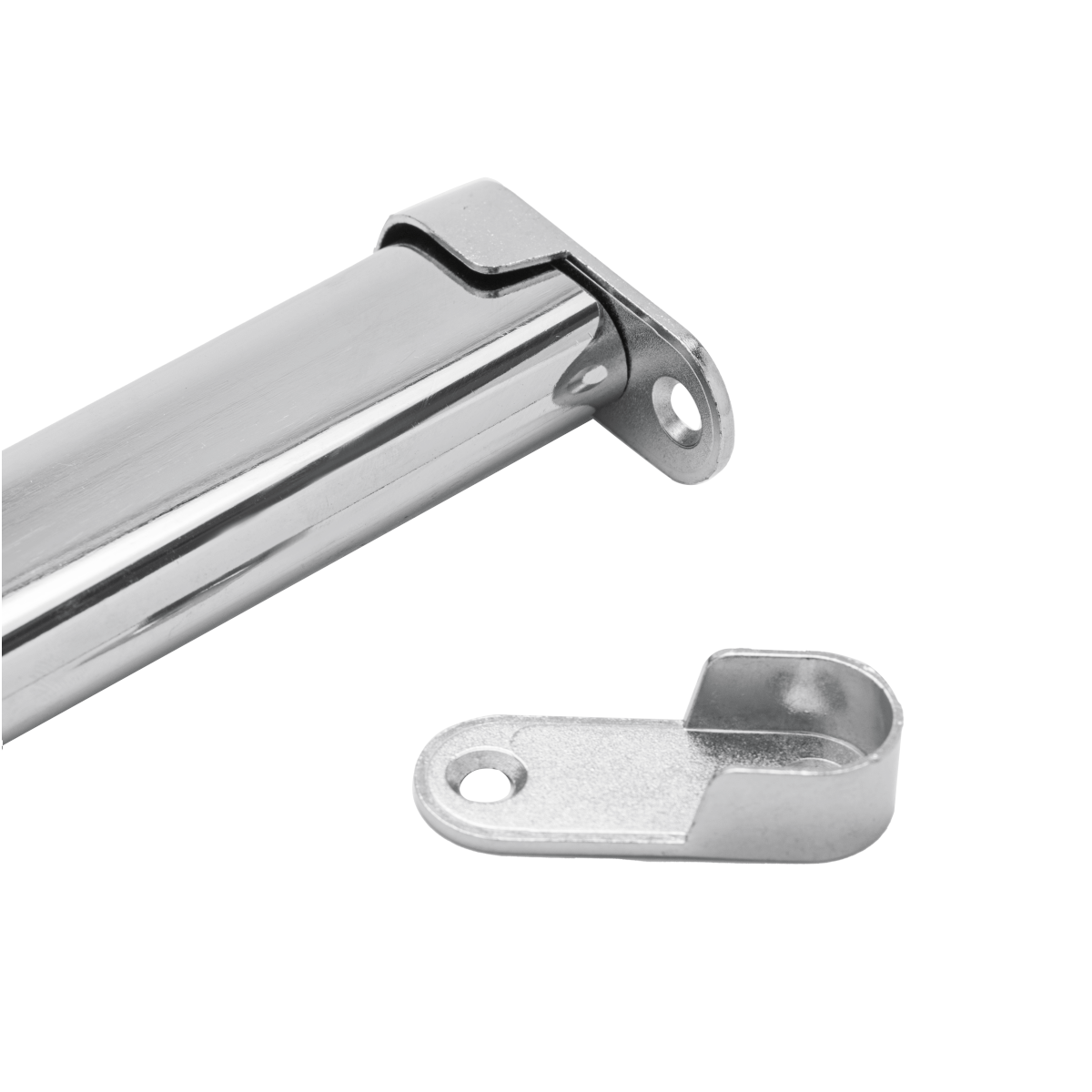
ABOUT
Guangzhou Toplink hardware Co., Ltd specialized in the production and export of furniture hardware fittings, with an experience of more than 14 years.
Our main products are drawer locks, cabinet hinges, sliding rails, cabinet handles, casters, cabinet legs and connecting fittings etc..
With a complete range of products, excellent performance and reasonable prices we have built up business with many customers all over the world.
We are committed to strict quality control and considerate customer service. We sincerely looking forward to becoming your best choice and the most reliable partner!
PRODUCTS
home door hardware parts
Handles and Knobs
The most visible and frequently used components of door hardware are undoubtedly the handles and knobs. These are the points of physical interaction, allowing us to open and close the door. The choice between a knob and a handle often comes down to personal preference and accessibility needs. Knob styles range from simple spherical designs to more ornate and decorative pieces, offering a wide array of aesthetic choices to complement any home's style. They typically operate using a simple turning mechanism, often connected to a latch bolt.
Handles, on the other hand, offer a different approach to door operation. They provide a gripping surface, allowing for a more forceful pull or push, particularly beneficial for heavier doors or those needing extra leverage. Lever handles are becoming increasingly popular due to their ease of use, especially for individuals with mobility challenges. They are often equipped with a simple lever mechanism that engages the latch bolt when depressed.
Beyond the aesthetic considerations, the material of the handle or knob also plays a significant role in its durability and longevity. Materials such as brass, stainless steel, and zinc alloys offer varying degrees of resistance to corrosion and wear, impacting both the lifespan and the overall appearance of the hardware over time.
Latches and Bolts
While handles and knobs provide the means to operate the door, the latches and bolts are the mechanisms that secure it. The latch is the primary locking mechanism, a spring-loaded bolt that extends into the door frame when the handle or knob is turned. It's designed for everyday use and usually retracts when the handle is operated, allowing the door to open easily. Latches are typically made from metal and designed for strength and reliability.
Bolts, on the other hand, offer a higher level of security. Deadbolt locks, for example, employ a separate bolt that extends into the door frame independently of the latch. They require a key to operate and provide significant resistance to forced entry. Deadbolts are typically more robust than latches and are often made from hardened steel to withstand forceful attempts at breaching the lock.
The quality of the latch and bolt mechanisms significantly impacts the overall security of the door. Look for features such as reinforced strike plates (the metal plate on the door frame where the bolt engages) and high-quality locking mechanisms for enhanced security and longevity.
Strikes and Plates
The strike plate is a seemingly insignificant but crucial component. It’s the metal plate affixed to the door jamb that receives the latch bolt and deadbolt. Its strength and proper installation are vital for the security and smooth operation of the door. A poorly installed or weak strike plate can allow for easy manipulation or even forceful entry.
Similarly, the door plate, also known as the backplate, enhances both the aesthetics and functionality of the hardware. It provides a decorative element surrounding the handle or knob, and it also provides added reinforcement and support for the locking mechanism, preventing the handle from being easily removed or forced.
The material and design of the strike plates and door plates can influence their durability and overall appearance. Choosing high-quality materials and ensuring proper installation are crucial for long-lasting performance and robust security.
Hinges
While not directly involved in the locking mechanism, hinges are fundamental to a door's functionality. They allow the door to swing smoothly and easily. The type and quality of hinges significantly impact the door's longevity and performance. Different hinge types, such as mortise hinges (incorporated into the door and frame) and surface hinges (mounted on the surface), offer various aesthetic and functional advantages.
The material of the hinges is also an important consideration. Heavy-duty hinges made of strong metals, such as steel or brass, will provide superior durability and resist wear and tear over time. Proper lubrication of hinges can also enhance their smooth operation and prolong their lifespan.
The number and placement of hinges depend on the size and weight of the door. Heavier doors often require more hinges for adequate support and to prevent sagging or misalignment over time. The correct installation of hinges is crucial for proper door functionality and preventing damage.
Viewers and Other Accessories
Beyond the core components, various accessories enhance the functionality and security of home door hardware. Door viewers, for instance, provide a visual check of who is at the door without having to open it, contributing to home security. These can range from simple peepholes to more advanced digital viewers with cameras and recording capabilities.
Other accessories include door chains, which restrict door opening to a limited extent, allowing for controlled communication without full access. Furthermore, decorative elements such as knobs and pulls can significantly enhance the aesthetic appeal of a door, adding a personalized touch to the home.
Choosing the right accessories depends on individual needs and preferences. Consider factors like security requirements, convenience, and personal style when selecting these additional features.
In conclusion, the seemingly simple act of opening and closing a door involves a complex interplay of precisely engineered components. Understanding the various parts that constitute home door hardware—from the handles and knobs to the hinges, latches, and bolts—allows for informed decisions regarding security, aesthetics, and functionality. Choosing high-quality materials and ensuring proper installation are crucial steps in maintaining the security and smooth operation of your home's doors for years to come.SUBSCRIBE
INQUIRY
